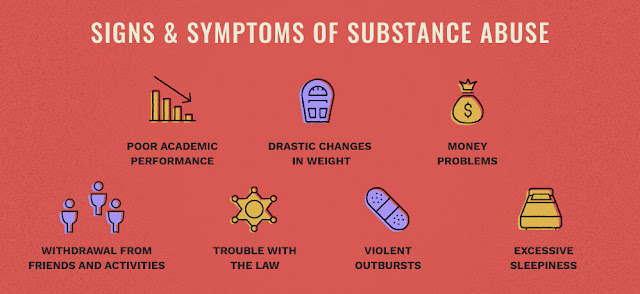Fashion Design in CANADA 2018
Fashion Design in Canada
This summer Kimberley Newport-Mimran, the founder and designer of 15-year-old Pink Tartan, pledged to not only build new collaborations with local styling and arts talents (a parka with stylist Susie Sheffman, a trench with fashion director George Antonopoulos), but also to move “as much as 80 per cent” of her production, formerly overseas, back to this country this year. “We were looking at our carbon footprint and overall sustainability with fresh eyes,” says Mimran of this anniversary year for her label. “It is also about my own lifestyle. I’ve been spending my life in the air, visiting factories. And I want to be more hands on, to refocus on building resources here, being a part of rebuilding skills, crafts and an industry, in our own backyard.”
She currently produces items in the Toronto area, Winnipeg and the provinces of Quebec and Nova Scotia. She is redefining her design legacy by doubling down on her favourite pieces (her classic Pink Tartan shirts, coats and blazers and dresses), garments with a clean, crisp story that is authentic to her and her brand. “What products you make, and where you produce them, defines who you areas a designer. I love working with passionate collaborators on all parts of my work.
You don’t use the words gorgeous and factory often in the same sentence, but the gleaming white, glassed-in cube of the George Brown Fashion Exchange, tucked into the lobby of a condo building in buzzy new Regent Park, is indeed slick.
Now a year old, the enormous 5,600 sq.-ft. open space features artfully exposed duct work, reconfigurable work stations and punchy yellow power bars raised overhead, courtesy the George Brown school of design.
The building is called the Fashion Exchange and has several purposes, which feed each other. First, it is the site of Industrial Power Sewing training programs, offered free to at-risk youth working towards a career in the garment industry; thus-far seven full classes of students have graduated to placement positions in the industry.
There are also classrooms on site for two brand-new George Brown graduate programs: the apparel technical design program, and sustainable fashion production.
And not least, the space supports itself as a small-scale working factory. From CAD/CAM (computer-aided design and manufacturing) to 3-D modelling to full, lean-manufacturing production center, the Fashion Exchange has some 30 paying clients from labels around the city.
Spadina Avenue’s now-historical “fashion district” was once a national hubbub of garment-making: today it’s all trendy boutiques, restaurants, bars and boutique condos. In the globalization-happy, fast-fashion-forward 1990s, urban fashion production zones in the western world emptied all at once as production moved en masse overseas, to factories that were cheap — and sometimes dangerous and dubious in terms of environmental and social justice concerns.
Now digital disruption has upended the landscape, including the way fashion designers scale, produce, present and sell their wares. One of the solutions is to make fewer, higher-quality clothes, with a strong backstory. Which means Made in Canada is cool once again.
Buzzing from 9 to 5 daily, the equipment is state-of-the-art, and operated by an experienced team of garment production workers: the furthest thing from the cramped, dusty and hot overseas fashion factories we see in tragedy reels on the news.
The director of FX, Marilyn McNeil-Morin, fought for five years to get the project into place. With the overlapping goals of training both designers and production teams and its connection to both the Regent Park community and the city’s working designers, it has become a focus for the future. Right now, most of our manufacturing glory is in the past.
Emerging designers start here,” says McNeil-Morin. But the goal is to move on, and get their business scaled up to work with larger factories.
Of course, like vintage clothing sources and fabric mills, information about these local factories is closely guarded in the business. No designers wanted to talk specifics, or to name names or even suburbs sometimes, for fear of losing their space on the schedule to the competition.
More than a decade ago Sarah Power was working at the defunct Old Clothing Show and Sale, a must-troll vintage source for a generation of designers and fashion fanatics. “Every year we’d see a bunch of new Canadian designers showing there, because there was nowhere else.”
After pursuing a fashion degree at George Brown, and with those new designers in mind, Power launched INLAND (madeinland.ca) in the fall of 2014. Power calls her start up an “agile retail concept,” designed to adapt to the changing fashion landscape. This year more than 70 Canadian emerging and established indie designers, whose work is “90 to 95 per cent” manufactured in Canada, will be part of the event. The idea is to bring these chiefly online businesses to life and provide shoppers an opportunity to meet the designers and experience the brands in context..


















No comments